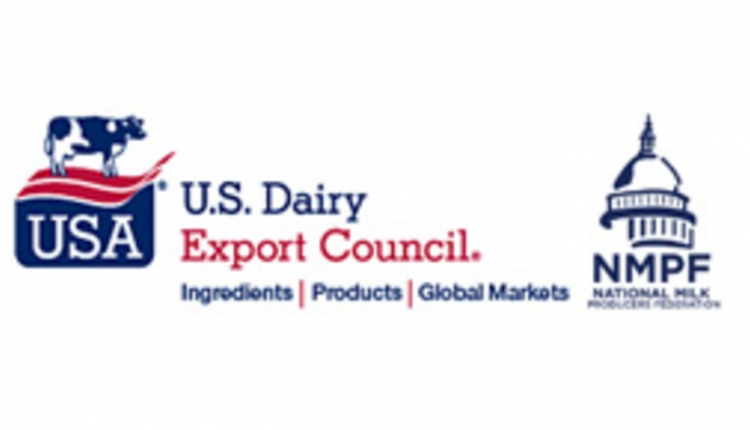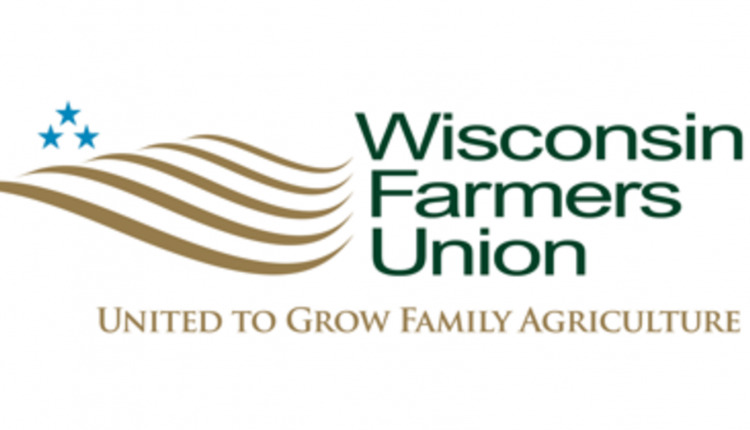As printed in our September 25, 2017 issue . . .
DAIRY PRODUCT CONSUMPTION CLIMBED to 646 pounds for every U.S. citizen . . . based on a milk equivalent, milkfat basis scale. Over the past two years, that per capita number rose by 30 pounds to reach the highest sales level since the 1960s, reported USDA.
FLUID MILK SALES FELL for the sixth straight year, dropping to 49.6 billion pounds. Whole milk climbed 5.4 percent to reach 15.4 billion pounds, the highest level since 2008. Flavored whole milk followed suit by growing 6.9 percent to reach 635 million pounds, a 10-year high.
OTHER FLAVORED MILK SALES also expanded 2.6 percent to reach 4 billion pounds. Outside of those categories, 2-percent, 1-percent, skim, and buttermilk sales all fell in 2016 with skim down 11 percent.
FEED COSTS AVERAGED $8.22 in July for the Margin Protection Program for Dairy (MPP-Dairy), reported USDA. That was the highest feed cost in a year. Final prices were: $17.30 All-Milk price, $152 per ton alfalfa, $3.49 per bushel corn, and $326 per ton soybean meal.
AS ENROLLMENT BEGANfor 2018 MPP-Dairy, USDA Secretary Sonny Perdue announced that dairy farmers could opt out of the program. Previously, participants had to remain in the milk insurance coverage through the duration of the farm bill. The sign-up period ends December 15.
BY OPTING OUT, dairy farmers will not have to pay the $100 administrative fee. The $100 annual fee qualified farmers for the $4 base coverage in the program. If producers choose to opt out, they would be ineligible for any coverage in that fiscal year. Also, the decision is not retroactive.
BUTTERFAT CLIMBED TO $3.01 PER POUND in July under the Federal Milk Market Order pricing system, the third-highest value on record. Protein values climbed 33 cents to reach $1.55 per pound.
ORGANIC MILK SALES HAVE SLOWED with June fluid milk down 1.7 percent from the same month last year, reported USDA. Even so, sales grew slightly at 0.8 percent through the first half of the year.
CONTINUED HEAVY SUPPLIES of organic milk lowered profitability for the largest U.S. organic milk cooperative. Higher added costs for promotional marketing to consumers and reduced income from diverting milk into conventional channels cut revenues.
CLASS III FUTURES FELL $1.20 per cwt. from early August to mid-September trading. October to March contracts now average $15.85.
BRIEFLY: Canadian-based Saputo purchased an extended-life products plant in Plant City, Fla., from Southeast Milk Cooperative. TheWisconsin Institute for Law and Liberty is suing the state of Wisconsin over a 1953 law requiring butter to be graded and labeled by state inspectors.
In your next issue . . .
MORE MILK FROM THE TOP 50 CO-OPS.
Total milk production among this year’s top 50 co-ops amounted to 169.3 billion pounds, a gain of almost 4 billion pounds from just one year earlier.
A ROAD MAP TO HEALTHY COWS.
Every farm should have a health plan to guide proper care and treatment of its animals.
SAVINGS CAN BE FOUND IN SOIL CONSERVATION.
A Wisconsin dairy farm cut nearly $20,000 in fertilizer expenses annually by enhancing soil and nutrient management.









